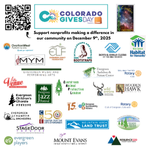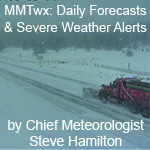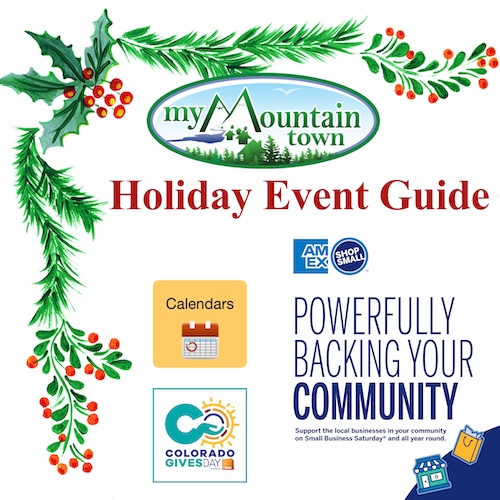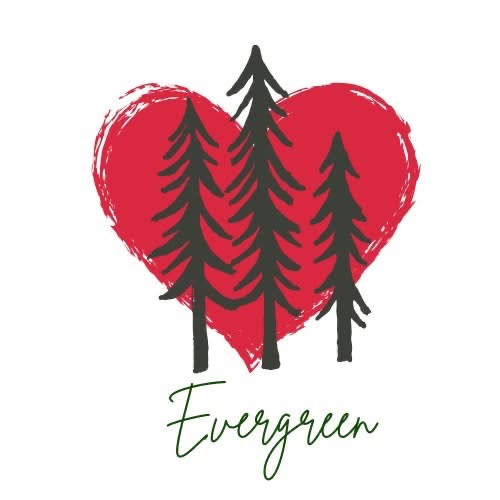- Posts: 14
- Thank you received: 0
Equine Wobbler's Syndrome
- Leticia German DVM
-
 Topic Author
Topic Author
- Tourist
-

Equine Wobbler's aka Cervical Vertebral Stenotic Myelopathy
Wow! Tough situation. Wobbler's syndrome also known as Cervical Vertebral Stenotic Myelopathy is a neurologic condition that causes a horse to stumble, trip, wobble, or generally appear lame. The cause of these signs is that the spinal cord gets pinched because the vertebrae around it are deformed or damaged in some way. The two main causes of Wobbler’s is congenital (meaning they were born with it or genetic) or it was a traumatic injury. In order to be a Wobbler the pinched spinal cord has to be in the neck. There are many levels of severity.I have a question on a related but slightly differnent topic. Can you discuss 'wobbles' or 'wobbler syndrome', especially in regards to a young, three-year old AQHA who is 16.1, was fed a grass/alfalfa mix hay (maybe 20% alfalfa), Purina Equine Junior and other supplements, lives in a stall 15-16 hours per day with turnout on a hard surface. He is turned out into a sand arena 3-5 times per week and allowed to run, then is intermittently lame following these exercise sessions. The lameness travels around to a different leg each lameness. This horse was recently diagnosed (through radiographs) as having a slight impingement at C5-C6 and it is suspected that he is suffering from wobbler syndrome. However, the diagnoses is not conclusive since he not fail each of the tests the veterinarian performed. Do you have any information regarding this ailment in a young horse? Have you seen improvement over time and with change in current living conditions? Do you have any thoughts on the subject that I might not know how to ask?
I thank you very much for your time and for responding. Just trying to gather as much info as I can for this guy and hoping there is hope for him!
Thank you again,
Tanya Buck
Confirmation of diagnosis should be done with a myelogram, which is a dye injected into the space around the spinal cord that allows a clearer picture of the injury to be seen on radiographs. This procedure is done under anesthesia to make sure that the positioning is accurate. Regular neck radiographs can give an idea but in some cases may not be sensitive enough. CT scan may be used for diagnosing these days too, although I am not positive.
There are breed tendencies to get this disease and there are theories as to nutritional contributions. Common breeds are Thoroughbred, Standardbred, Paint, and Quarter Horse. The common thread is that they are fast growing horses. That is where the nutrition comes into play. Depending on exact cause, severity, and age dietary changes can be done. Some horses will improve with vitamin E supplementation. Green pastures can be a great source but there are other ways. The younger the horse and the more growth yet to do seem to have the most effect or benefit from nutrition. In our case the 3-year-old may or may not. If he is mild it would be worth a try. Good balanced nutrition and exercise are essential for growing animals. High proteins are not always good and watch out for imbalances in mineral and vitamin content. It is well worth talking to a nutritionist (not just the feed store and not the average vet) to get advice on a pregnant mare and a growing foal’s nutrition requirements.
So what if it is NOT Wobbler’s? There are other neurologic conditions that have similar signs to Wobbler’s such as Equine Protozoal Myeloencephalitis (EPM), cerebellar abiotrophy, and a few random others. Since Wobbler’s is difficult condition to deal with and it affects the overall safety and productivity of the horse there need to be clear communications, answers and expectations.
Safety in riding is a big deal! A Wobbler can be very dangerous. However, a Wobbler can make a great pasture ornament.
He/she should not be bred (this is a personal feeling and many may disagree, but I feel that we should not knowingly risk continuing a disease condition and poor genetics).
Surgery can be quite successful. Seattle Slew was a Wobbler and look at what he did after surgery. Surgery can also not provide the desired results depending on age, location, severity, cause, etc. There is a good article on The Horse website regarding surgical repair of Wobbler’s http://www.thehorse.com/ViewArticle.aspx?ID=11612
Because of the BIG question of” WHAT DO I DO NOW?” it is important to look at all possibilities, options, outcomes, hopes, and feelings.
For example if the horse is mild and truly confirmed as a Wobbler then surgery might be a reasonable choice. If it is less certain or money is a concern diet changes and supplements can be tried. Just remember though nutrition works slowly sometimes. It may take a year before a true assessment can be made.
Big questions to ask of yourself:
-
1. What do I want to accomplish with this horse? Pasture pet vs. top performer, etc.
2. Is it okay if this does not happen? Ie. the show prospect becomes a pasture pet. Is it workable to keep him?
3. How much time am I willing to invest?
4. What is my budget? How much money can I invest to find the answers and try treatment options?
5. What if the worst is true?
6. What if the best is true?
7. Am I willing to take the risk given all the options?
-
1. On a scale of one to 10 how bad neurologically do you think he is? (10 being worst)
2. What would it take to get a more definitive diagnosis?
3. What are my treatment options? They should give you more than one or two.
4. Who in this area does the surgery, what is the cost and what is their success rate. (side note: surgery is only part of the cost there is aftercare and specialized recovery to consider.)
5. What are the chances that it is another condition?
6. In your experience what are the chances of improvement with exercise and nutrition routines?
7. How safe do you think he is to work with? Riding at this point might be out but in hand training may be beneficial.
Another site with some good info is http://www.equinewobblers.com/
Tanya, thanks for Sharing this tough case. My best wishes for this guy and his owner. :crossed:
Leticia German, DVM, MS, CVA
Front Range Equine & Livestock, LLC
(970) 420-5823
Leticia German grew up in Montana around a vast array of animals. She came to Colorado in 1997 to pursue an education in veterinary medicine. Leticia attended CSU for Veterinary Medicine and holds a Bachelor degree in Animal Science and a Masters in Animal Nutrition. After receiving her DVM, Leticia worked for a time in California before returning home to Colorado. Leticia worked in the area for the last 3 years at a local clinic before venturing out on her own, with her business Front Range Equine & Livestock. She recently completed an extensive training course and is a Certified Veterinary Acupuncturist.
Dr. Leticia treats a wide variety of large and small animal species and her practice offers comprehensive, integrative care including acupuncture, soft tissue and trigger point therapy, rehabilitation plans, and nutrition consulting. She also provides general health services including vaccines, dental care, blood work, and preventative health care and makes house and farm calls for your convenience.
In addition to her passion for animal health, Leticia is a gourmet food hobbyist, and enjoys travel and fiber arts such as spinning, knitting and crochet. Leticia’s personal pet family consists of two cats, a dog and a Morgan mare that is her great joy. Leticia has spent many years training and bonding with her mare from the beginning stages and understands the great human animal bond regardless of species.
Please Log in or Create an account to join the conversation.






